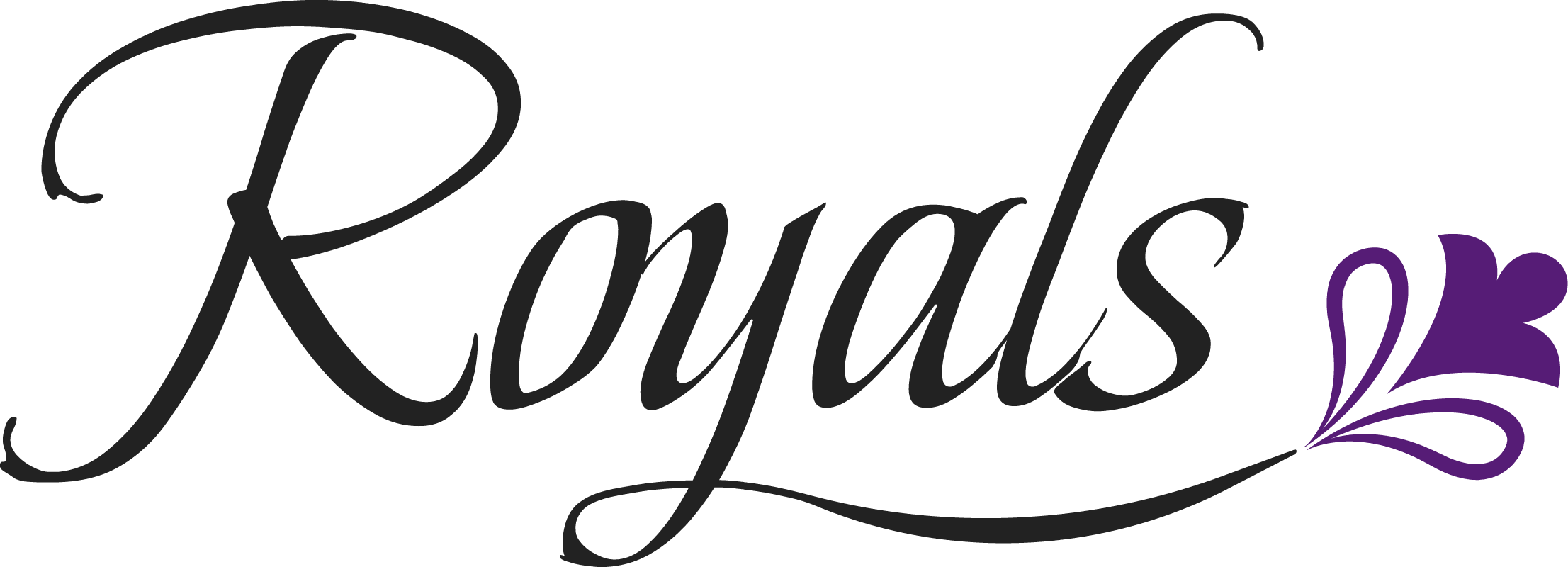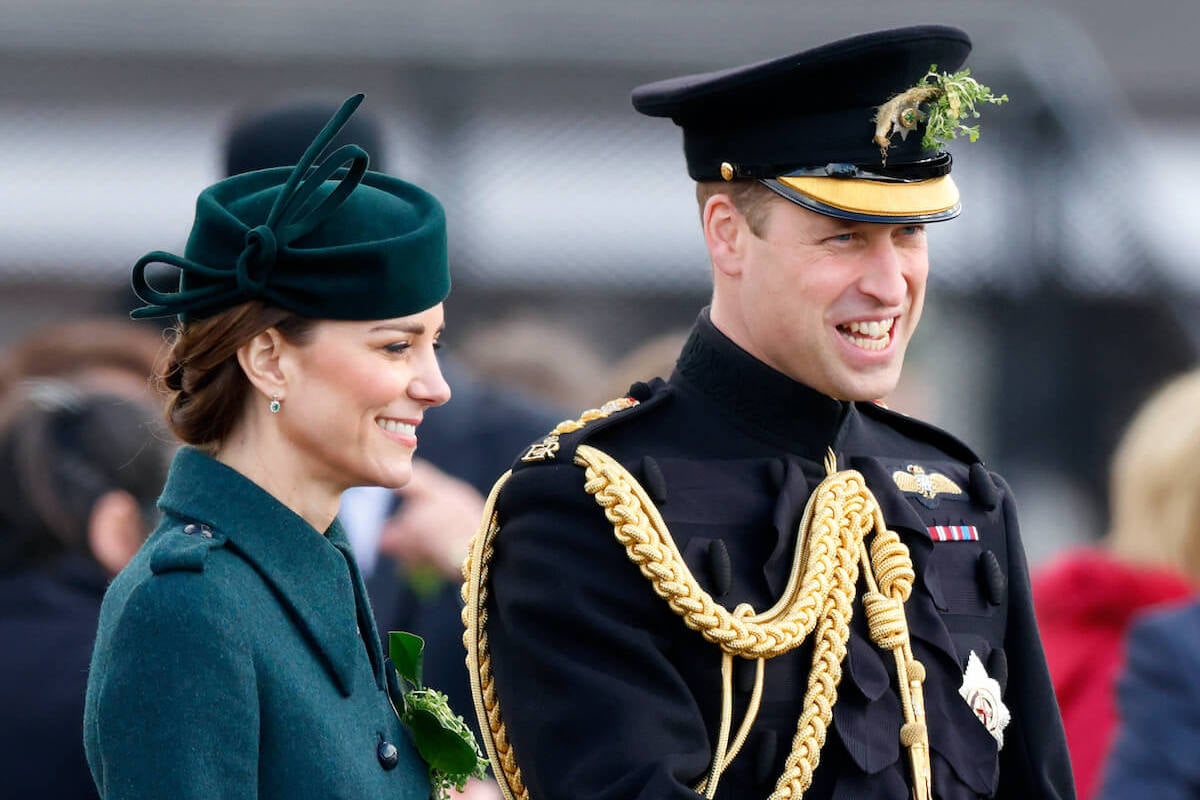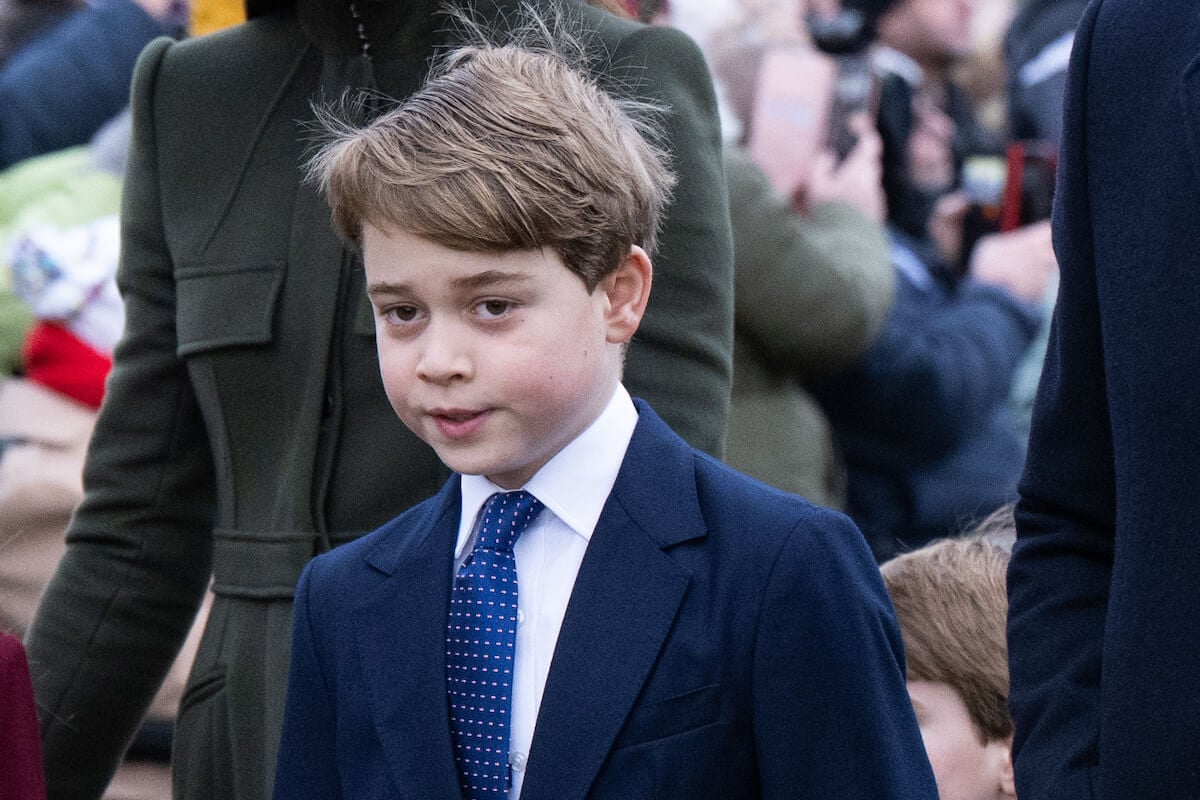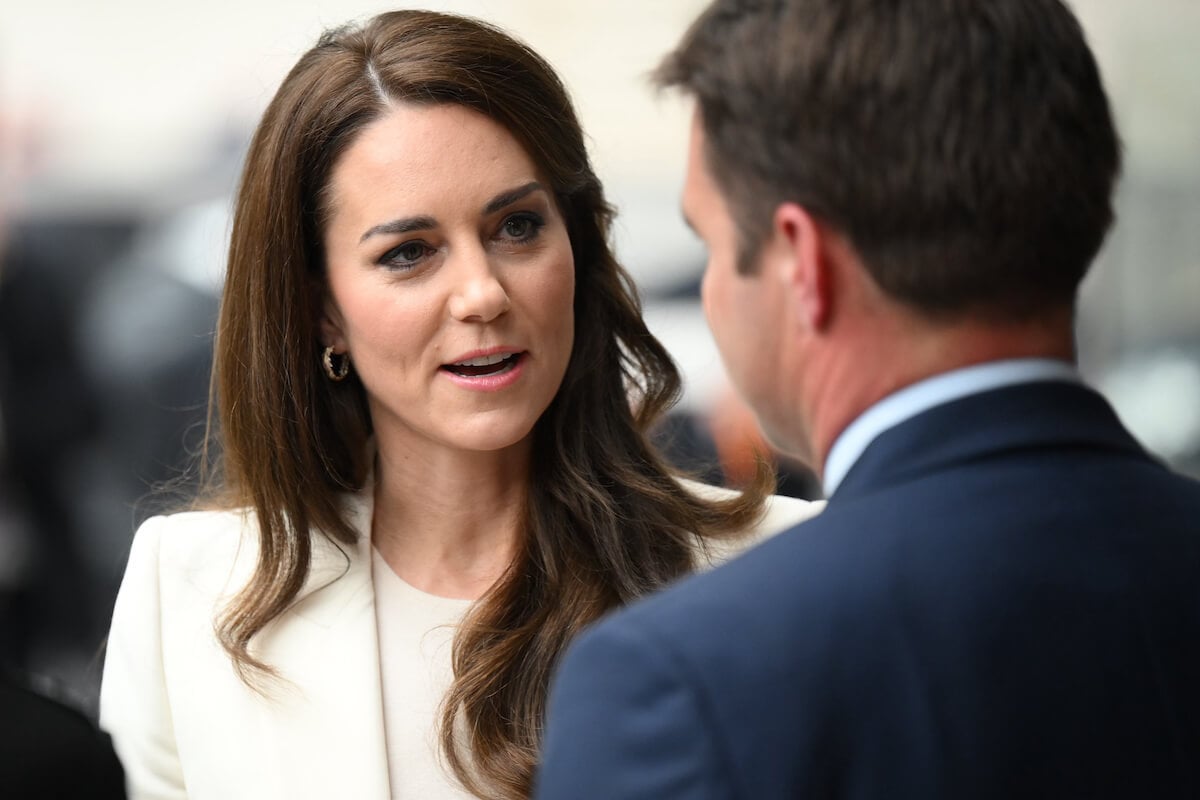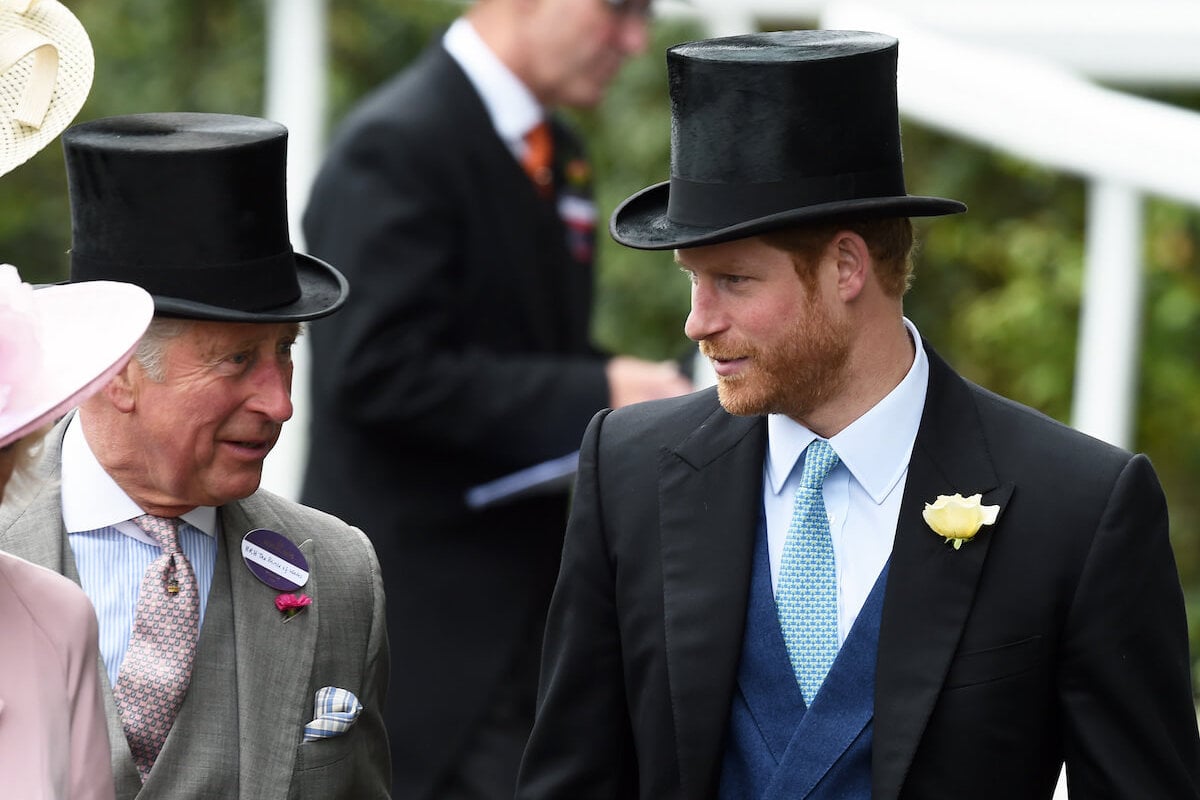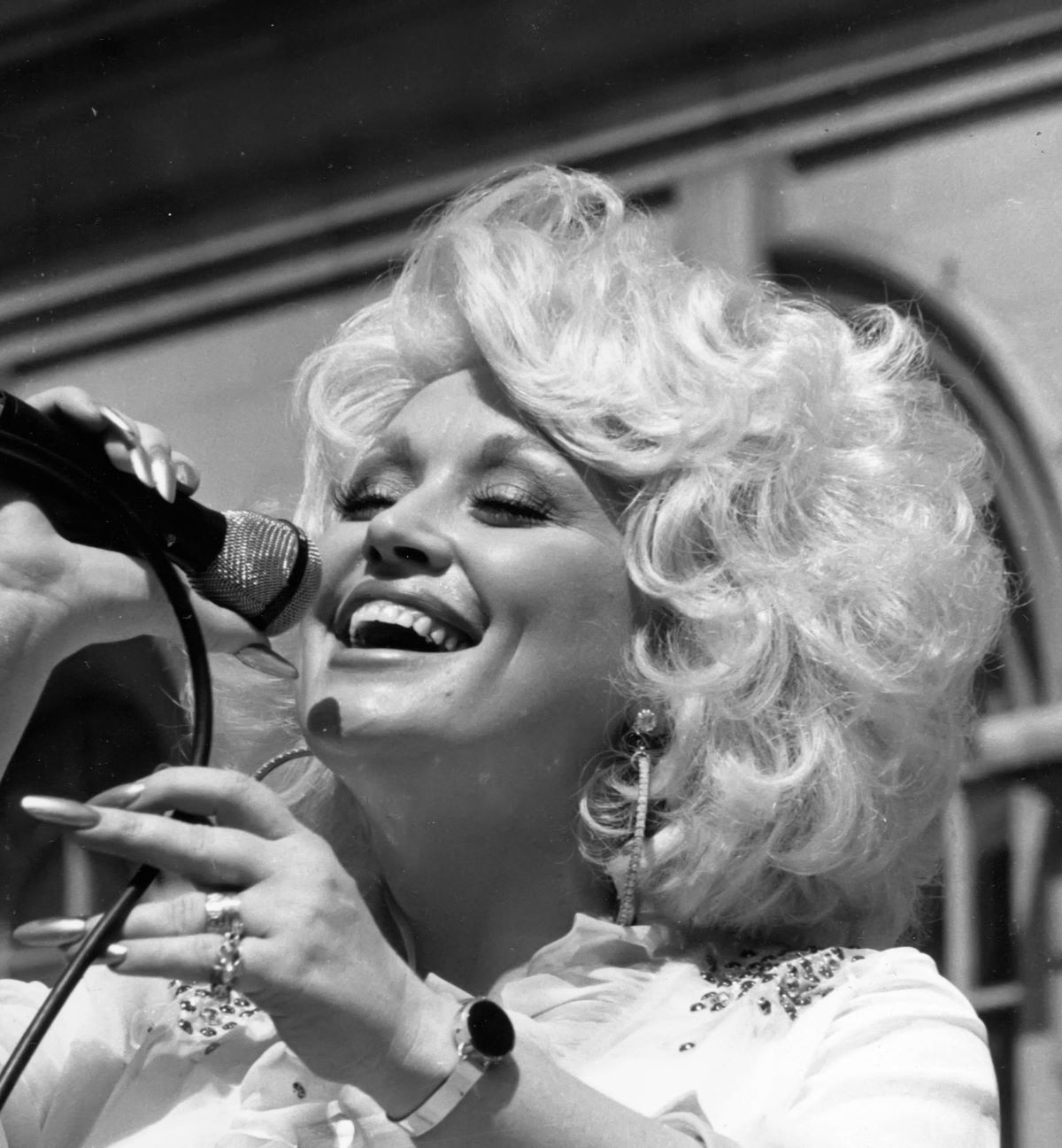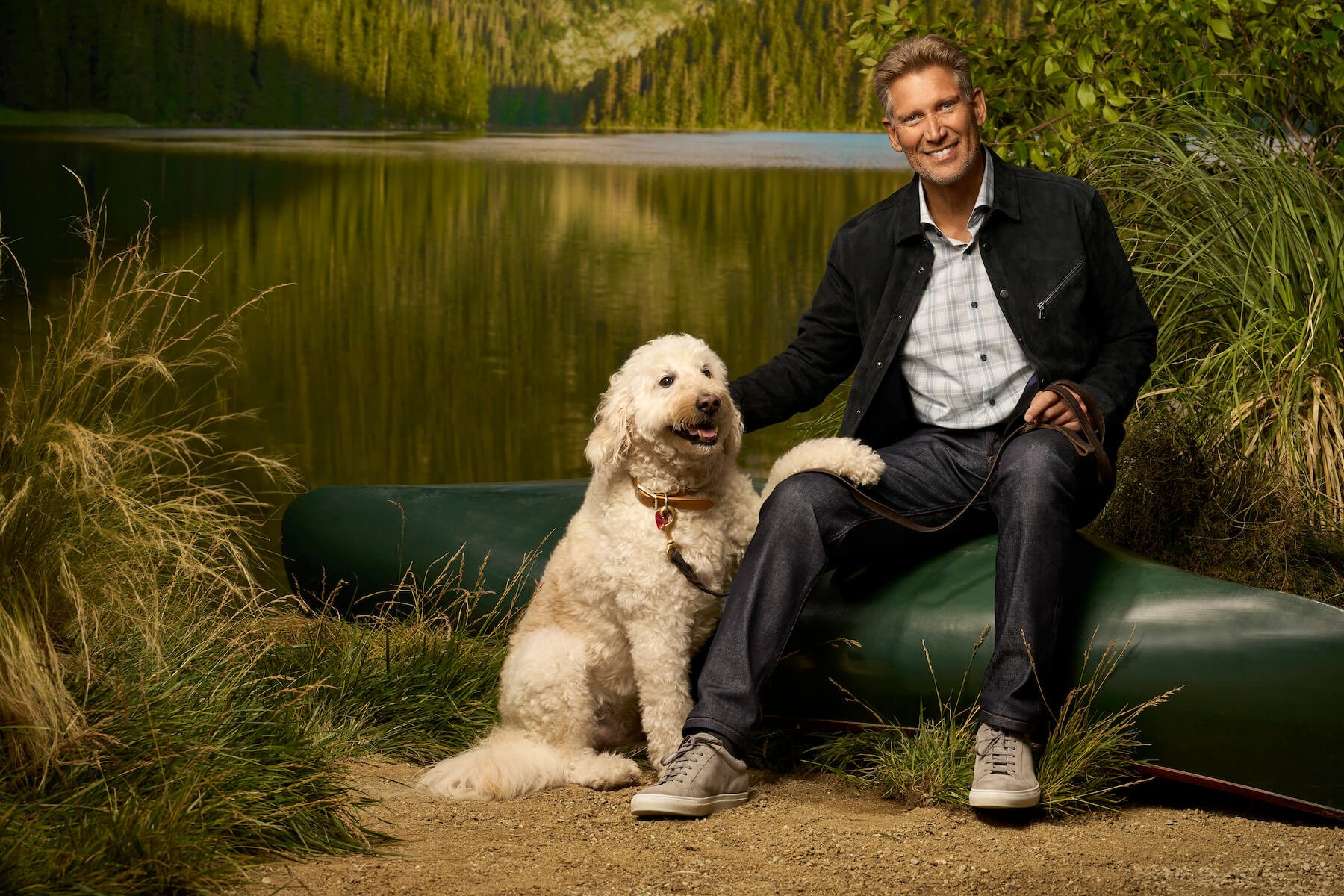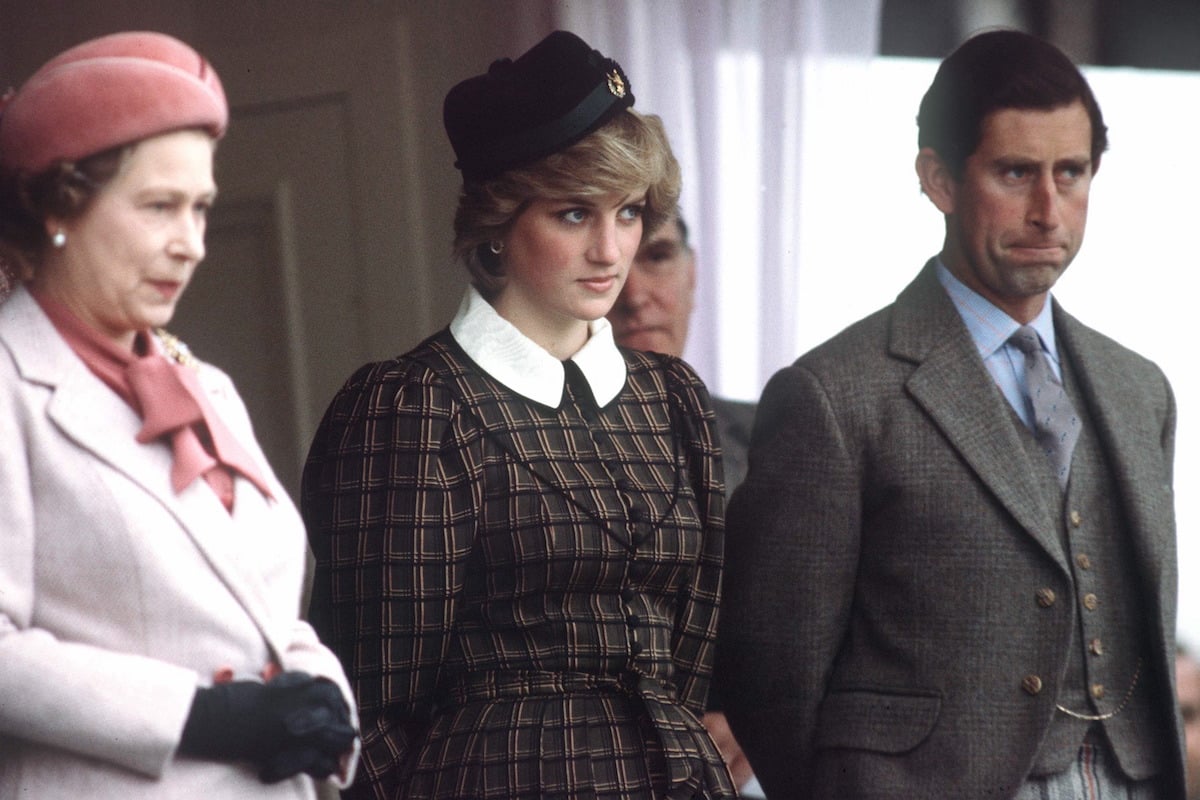
How Princess Diana’s Body Language Hinted at ‘Breath of Change’ for the Royal Family
TL;DR:
- Princess Diana kept her “natural affinity with small children” when she married King Charles III in 1981, according to a body language expert.
- Her “competence and confidence with children was one of the first non-verbal signals of a breath of change in the royal family.”
- Prince Harry recalled not getting many hugs after Princess Diana’s in Spare.

Princess Diana might’ve been seen as “Shy Di” by some and a potentially no-trouble-causing addition by others, but a body language expert says there were signs early on she’d bring “change” to the royal family. How the late royal’s “natural affinity” with children, honed in two jobs, proved to be one of the “non-verbal signals” of change.
Diana had a ‘natural affinity’ with kids due to her nanny and school jobs
Before marrying King Charles III in 1981 Diana lived and worked in London, England. Her job, first as a nanny and later as a preschool staffer, seemingly helped her become good with kids.
Remember the iconic photo of Diana at the park with some of her preschool charges? That’s where, at least partly, according to body language expert Judi James, Diana got her “natural affinity with small children,” (via Express).
Although she had to follow royal protocol when she became the Princess of Wales Diana “retained that affinity” with kids.
Diana’s ‘competence and confidence with children’ a ‘non-verbal’ hint at royal family ‘change’
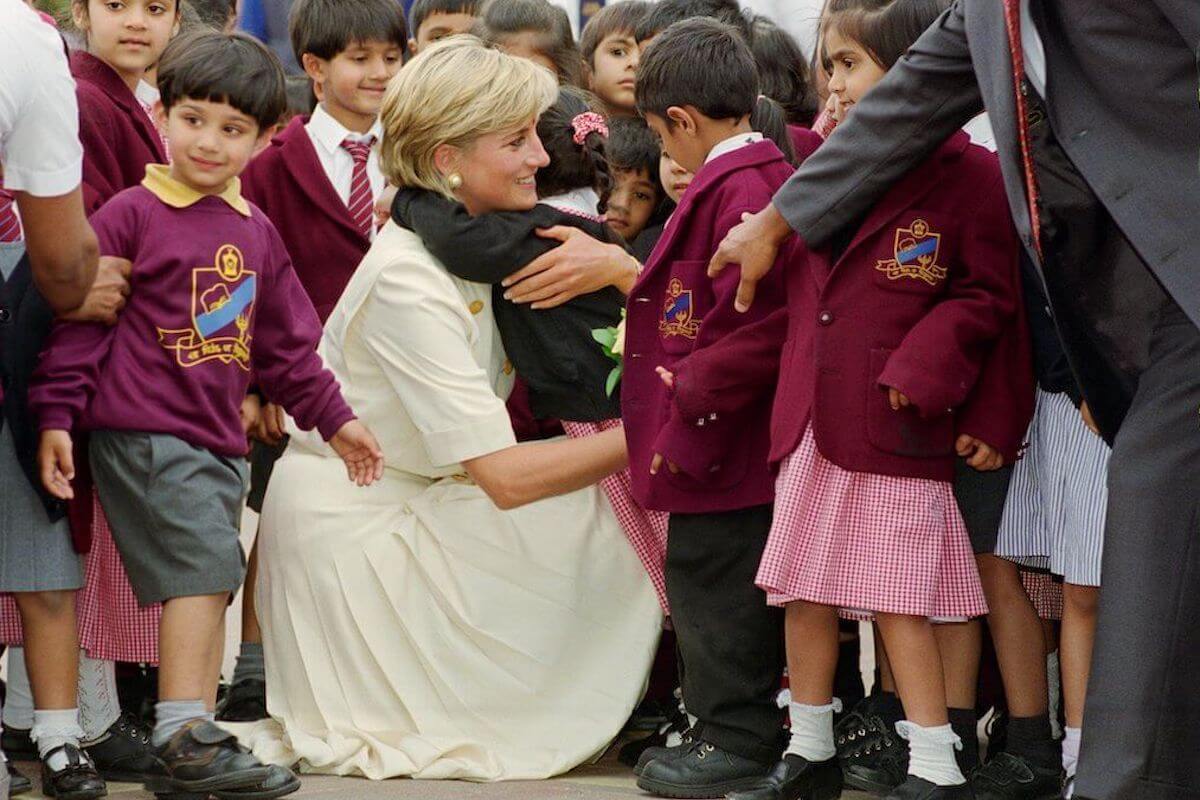
According to the expert, Diana’s ease with kids suggested a shift for the royal family.
“Her body language and her competence and confidence with children was one of the first non-verbal signals of a breath of change in the royal family,” James said.
Diana “broke with royal tradition naturally and decisively when she used several of her body language traits,” she continued.
They included “bending to the same level as the children, engaging them in some intense-looking chats and, of course, cuddling and carrying small babies.”
Together, Diana’s “bonds” and “body language with children looked natural and competent,” James concluded.
Sound familiar? Many of Diana’s body language “traits” can be seen among royal women today. Most notably, perhaps, the late royal’s daughter-in-law, Kate Middleton.
Princess Diana’s death meant physical affection was rare for Prince Harry until Meghan Markle
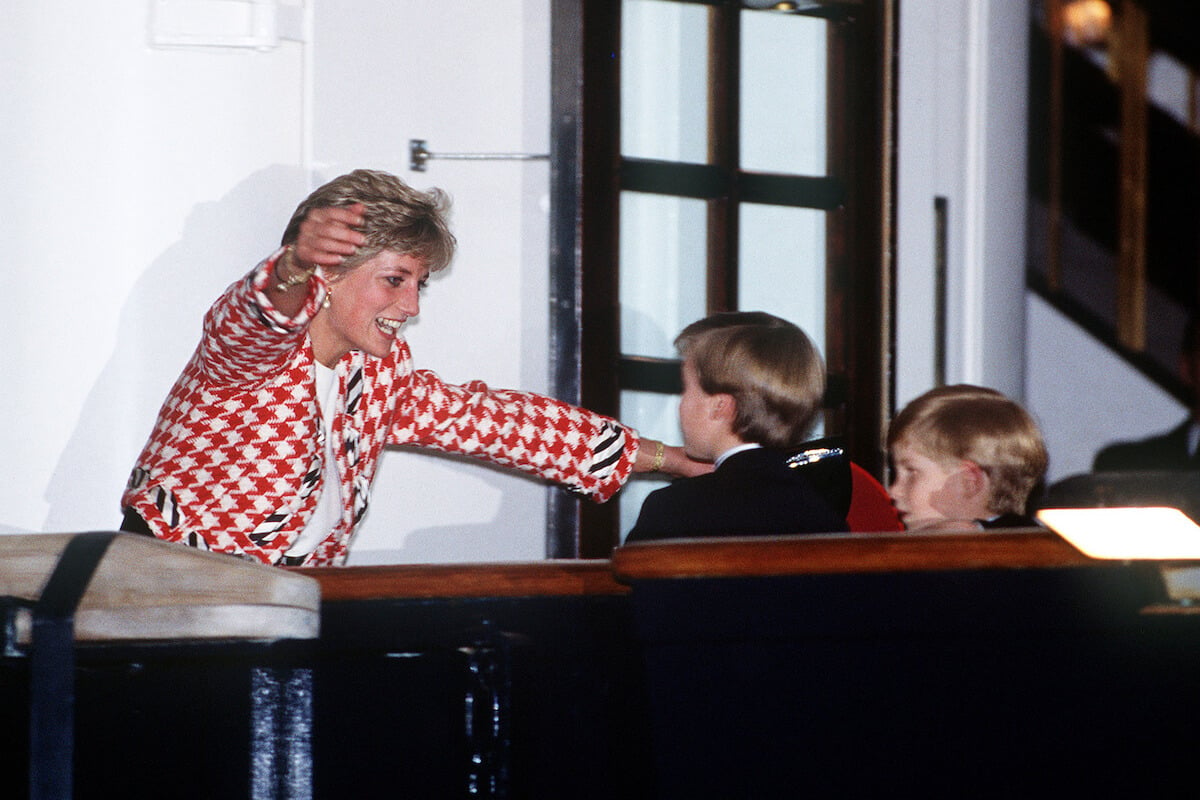
Diana famously contrasted other British royals with her tactile body language. When she died in 1997 death, however, Prince Harry’s mother was no longer around to shower him and Prince William with hugs.
As the Duke of Sussex shared in his Spare memoir, hugs, which had been a normal occurrence in his life, nearly stopped altogether after Diana’s death.
Harry recalled his father giving him a pat on the knee when he told the then-12-year-old his mother had died. He also revealed he’d never once hugged Queen Elizabeth II. Additionally, that the rare embrace with William could be awkward.
It wasn’t until July 2016, when he met Meghan Markle, that hugs returned to Harry’s life. Since then, the pair have come to be known, in part, for their public displays of affection.
Showbiz Cheat Sheet acknowledges conditions and cultures can impact body language and is sensitive to all backgrounds.
